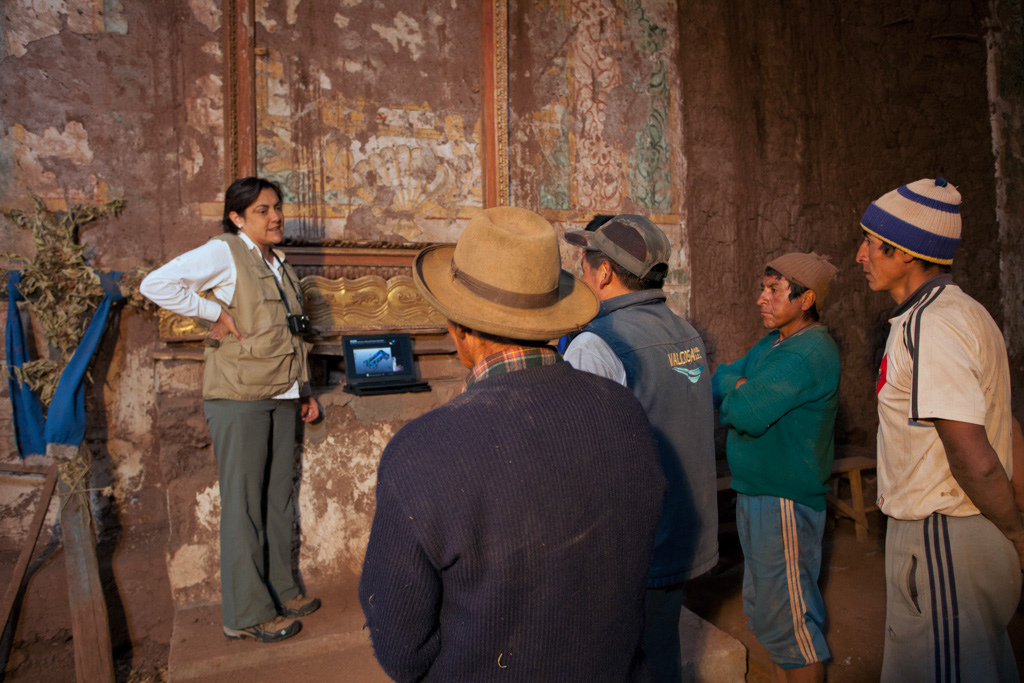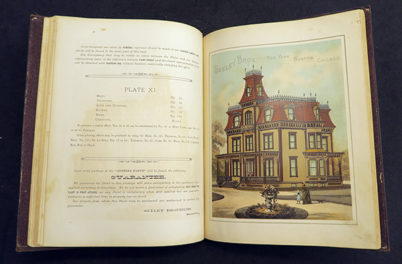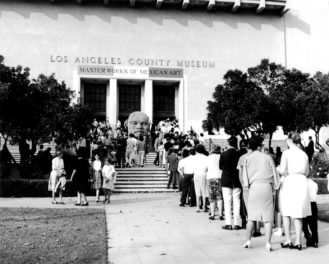Throughout 2013, the Getty community participated in a rotation-curation experiment using the Getty Iris, Twitter, and Facebook. Each week a new staff member took the helm of our social media to chat with you directly and share a passion for a specific topic—from museum education to Renaissance art to web development. Getty Voices concluded in February 2014.
Getty Conservation Institute project specialist Claudia Cancino reports from Peru on a major effort to protect earthen buildings from damage by earthquakes. See more from Claudia’s Peru Field Notebook on Storify.
I’m pleased to launch Getty Voices with a weeklong view into one of the Getty Conservation Institute’s international field projects, the Seismic Retrofitting Project. If you’re a regular reader of The Iris, you may recall a previous post about the project by my colleague and team member, Sara Lardinois.
The goal of the Seismic Retrofitting project is to take retrofitting methods developed for earthen architecture by the Conservation Institute and its partners—University College London, Pontificia Universidad Católica del Perú, and the Ministerio de Cultura del Perú—and adapt them for use in countries such as Peru where equipment, structural skills, and materials are not readily available. The project aims to provide low-tech, easy-to-implement programs that can improve a building’s performance during an earthquake while also preserving its historic fabric.
To accomplish this, we’re now designing and testing the techniques we’ve developed through the Seismic Retrofitting Project on four types of historic earthen buildings in Peru. We chose these buildings because they’re representative of the types of architecture and construction techniques found in seismic regions throughout South America. This will enable the work we do in Peru to benefit other countries in the region as well.
Since the Seismic Retrofitting Project launched in 2011, I and other members of the Conservation Institute’s project team, as well as our international partners, have been travelling to Peru several times a year to meet with our Peruvian partners and to do structural analysis and computer modeling at the four prototype buildings.
Our thirteenth project campaign began last week at the Church of Santiago de Kuño Tambo, located in an Andean village three hours outside of Cusco. This 16th-century adobe church is one of the four prototype structures under study for seismic retrofitting. What brought us to Kuño Tambo last week were the church’s outstanding wall paintings, which needed to be assessed prior to any retrofitting work.

Claudia Cancino, from the Getty Conservation Institute, discusses plans with local officials from Kuño Tambo for retrofitting the church. Photo: Scott S. Warren © J. Paul Getty Trust
Covering a large portion of the church’s interior, the wall paintings present a challenge. How best should we safeguard this cultural heritage while undertaking seismic retrofitting of the church, which requires access to the building’s underlying structure? To answer this question, the Conservation Institute is drawing on our expertise and experience in wall paintings conservation, an ongoing focus of our work with current projects in China, Egypt, and Italy. Conservation Institute colleague Leslie Rainer, a wall paintings conservator, joined the project team for this portion of the work.
The week of January 28, the project team spent three days at the Church of Santiago de Kuño Tambo. In collaboration with the Carleton Immersive Media Studio at Carleton University, we conducted orthophotography of the wall paintings. Orthophotography produces images corrected for lens distortion and camera tilt, giving us accurate measurements of the church walls that are compatible with the full documentation system planned for these works.
We then undertook a rapid assessment to determine what should be included in the more detailed condition assessment of the wall paintings, which will come later during future campaigns. The detailed condition assessment will digitally record the condition of the wall paintings in detail, such as cracks, losses, flaking paint, and drips. Our final day at the church included an orthophotography joint demonstration session for members of the Cusco branch of the Peruvian Ministry of Culture and the local community.
This coming week, the Conservation Institute project team is headed to the cities of Ica and Lima.

Claudia documenting earthquake damage to the Ica Cathedral




Claudia – Great post and congratulations to “Getty Voices” and the Iris for this new forum. This is an exciting project! Can you tell us a little more about the photogrammetry workflow you and Carleton Immersive Media Studio used? Are you all shooting RAW and archiving in digital negative? What is the resolution of the capture photos and what is the resolution of the photos used for assembled meshes and solids? Are you assembling digital terrain models or 3D drawings using open-format software or proprietary? Are the lens distortion correction and orthorectification algorithms open source? Finally, do you then process the photogrammetry into drawings using auto-cad or another application? There are great parallels here to a project we at the Georgia O’Keeffe Museum and New Mexico Highlands University Cultural Technology are collaborating on with the Oficina del Historiador Ciudad de la Habana (The O’Keeffe Museum 3D Imaging Project -http://okeeffeimagingproject.wordpress.com/) . Perhaps we can collaborate? Write me!